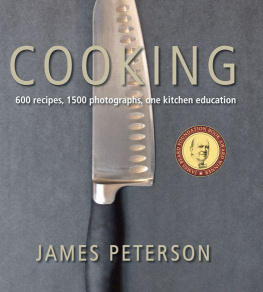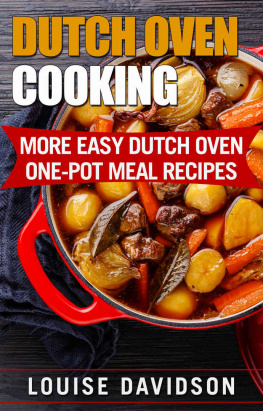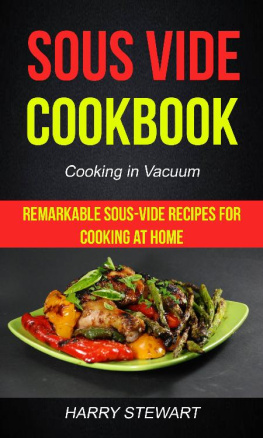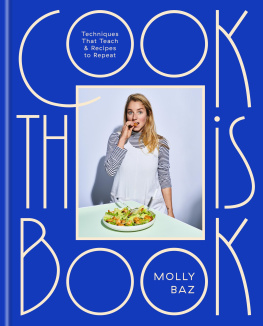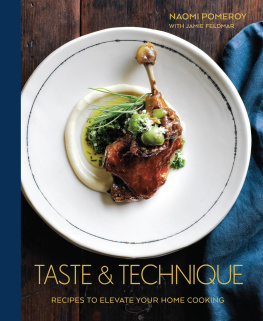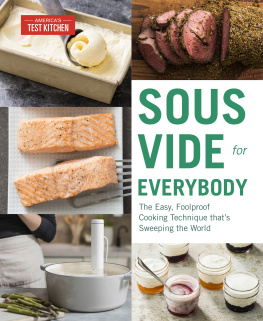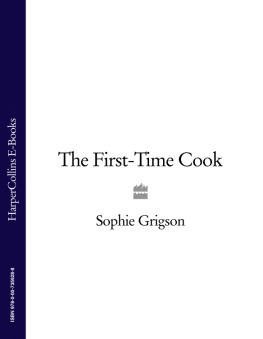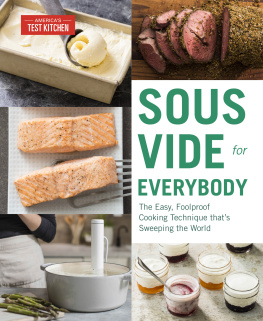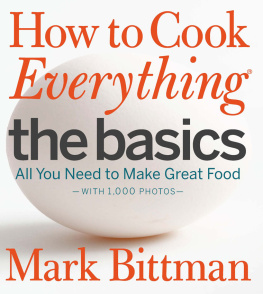James Peterson
Essentials of Cooking

Artisan New York
Copyright 1999 by James Peterson
Photographs copyright 1999 by James Peterson
All rights reserved. No portion of this book may be reproducedmechanically, electronically, or by any other means, including photocopyingwithout written permission of the publisher.
Published by Artisan
A Division of Workman Publishing Company, Inc.
225 Varick Street
New York, New York 10014
www.workman.com
Library of Congress Cataloging-in-Publication Data is available.
eISBN 978-1-5796-5538-9
To my mother and my aunt Jane for giving me my dreams
Acknowledgments
So many people played such a vital role in the creation of this book that I must ask forgiveness from anybody I leave out here. I would first like to thank you, Ann Bramson, editor and the publisher of Artisan, who has now been with me for many years, for your work, not just on this book but on projects past, including Vegetables and Fish & Shellfish, and for your confidence in allowing me to undertake this (at times daunting) project. And thank you, Peter Workman, for your confidence and for signing the checks that made this possible. I must also express my appreciation to those people at Artisan who spent months poring over manuscript, galleys, and pages, doing their best to make this book sound and look its best. Thanks to Deborah Weiss Geline, Judith Sutton, and Dania Davey for your careful attention to detail and your, what to me seems magical, ability to imagine text and photographs in various combinations and to come out with something so beautiful. To Jim Wageman, thank you for your talents as a designer and for the restraint and good taste that seems to me now evident throughout the book. And to Vicki Semproni, Pam Smith, and Lisa Sloane, who produced the layouts. To Tricia Boczkowski, thanks for your patience with my endless phone calls, including that last-minute request for a table at the French Laundry.
And limitless gratitude to Stephanie Lyness. Without your extensive help with reorganization and hard work putting the manuscript into its final form, this book would not be as logical and approachable as it is.
Very special thanks must go to Debr DeMers, not only for your hands, which are in practically every photograph, and for your lips, which are in one, but for your friendship, enthusiasm, critical photographic eye, and for sharing with me all that food after we photographed it. And thank you for using your infallible good taste for selecting the props for the photographs. Thank you, Geraldine Cresci, for your help in styling the chapter opening photographs and for so many other things.
And I must always acknowledge my agents, Arnold and Elise Goodman, who stand behind me, rock-solid determined, and who, after so many years, Ive grown to love and respect in ways that still take me by surprise.
Finally, thanks to the man with whom I share my life, Zelik Mintz, who sometimes seems to care more about the rewards and pitfalls of my life as a cookbook writer than even I do.
Contents
HOW TO:
HOW TO:
HOW TO:
HOW TO:
HOW TO:
HOW TO:
Introduction
Sometimes, when Im flipping through the cookbooks in bookstores, Im left with a gnawing feeling that there are certain things about cooking that I need to expressa sense of something missing, something left unexplained, like the frustration of being in a discussion at a dinner party and feeling unable to get an important point across. It was this frustration that spurred me to write this book.
I decided that I wanted to create a kind of guidebook or reference of techniques for people who may be used to cooking from recipes but who want more confidence and a sense of freedom in the kitchen. Recipes are tyrannical, often intimidating, and even though Ive written thousands of them, I question their effectiveness in teaching people how to cook. Techniques, on the other hand, teach us how to get the most out of an ingredient and challenge us to use our intuition and follow our palates.
I divide techniques into two categories. There are the minor ones, which make life in the kitchen smoother and more efficient: tips for quick peeling, stemming, and chopping. And there are the big ones that turn you into a cook. Of these, there are surprisingly few. Once youve gotten a handle on roasting, poaching, grilling, frying, steaming, sauting, and braising, youll know how to cook most foods, and if you understand the logic of how these techniques work, youll be able to improvise intuitively and give your own special style and identity to your cooking.
Some techniques, however, are almost impossible to get across in words and require some kind of visual cue. Because Ive wrecked entire afternoons screwing together my own garden furniture and bookcases, its easy for me to imagine one of my poor readers, string in hand, trying to truss a chicken and after ten minutes, forgetting trussing and moving on to strangling. So I decided to illustrate certain techniques with an almost obsessive number of color photographs. Ive tried to make the photographs cheery (see how easy this is!) and life-likethey were shot under real-life conditions in my cramped Brooklyn apartmentso that if the going gets rough, things wont seem utterly hopeless.
Organizing this book was a bear. With the help and encouragement of my editors, we decided to divide the book into six chapters that include the fundamental how-to techniques that show and tell you right off the bat what to do. We put definitions and some of the whys in a Glossary, but at the end of each how-to technique, we tell you where in the Glossary to go to find this information. Not only are you directed to the related Glossary entries, but you are also directed to other techniques in the text. These appear under the See Also heading. By following the cues, the elements of technique end up tied together in a logical way.
At the end of How to Roast Vegetables, for example, the See Also heading tells you where to look for instruction on how to turn vegetables for roasting, how to make fresh bread crumbs to top roasted vegetables, and how to make chicken stock to glaze vegetables while they roast. Or, because vegetables taste particularly good when theyre roasted alongside a chicken or leg of lamb, you see where to go to learn how to roast poultry and meats. And because you may end up with a bunch of beet greens if youre roasting beets, there is a listing for how to cook greens. The result of all this is that you can use the book as a quick reference or you can peruse at you leisure, flipping back and forth, and discover the lovely systematic logic inherent in the most basic and essential ways to cook.
However, some techniques are like Chinese boxes, containing techniques within techniques. I also wanted to make sure that no element got passed over as you worked through the sequence of photographs and step-by-step explanations. Roasting a chicken, for example, is inherently a very simple thing to do, but there are smaller techniques, like trussing, skimming fat off the roasting juices, perhaps thickening the roasting juices with flour or garlic pure, that are performed to show off the roast chicken at its best. But all of these sub-techniques can be used in other recipes or preparations as well and I didnt want them to get lost under the roast chicken heading. Therefore, we have also illustrated smaller techniques like degreasing, thickening vegetable pures, and making a roux.
Although recipes arent always given in traditional form with specific amounts of ingredients and cooking times, enough information for you to cook nearly 150 dishes is provided. We show you how to cook by teaching you basic preparations, opting instead for ways of looking, tasting, touching, smellingeven listening as you cook. In How to Make a Vegetable Gratin, first you get the basic technique: Vegetables are layered in a low-sided casserole and baked under a crisp topping. Then you see how to vary the technique when you use different vegetables. There isnt a measurement for liquid because the quantity is determined by the size of the dish and the amount of vegetable; instead you are given guidelines for judging the correct amount. Oven temperatures are also guides because oven thermostats are often wrong, but you also learn what the gratin should look like as it cooks so that you can raise or lower the temperature as needed.
Next page

